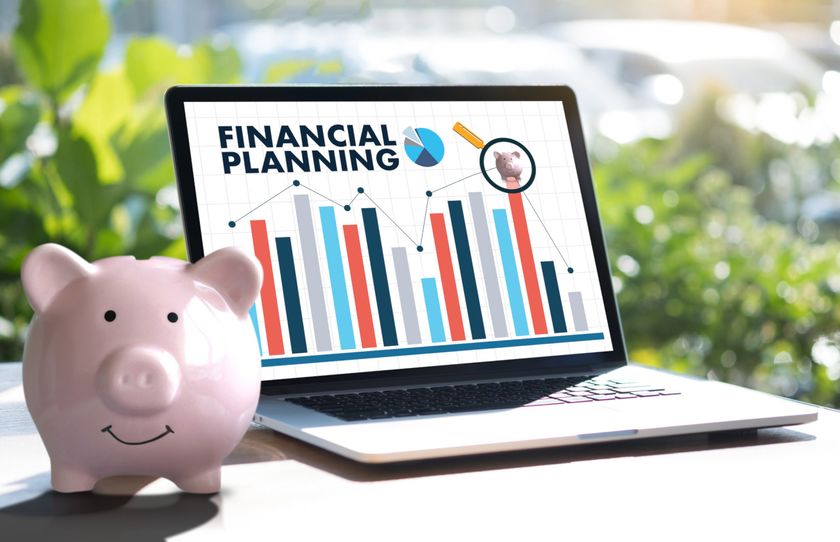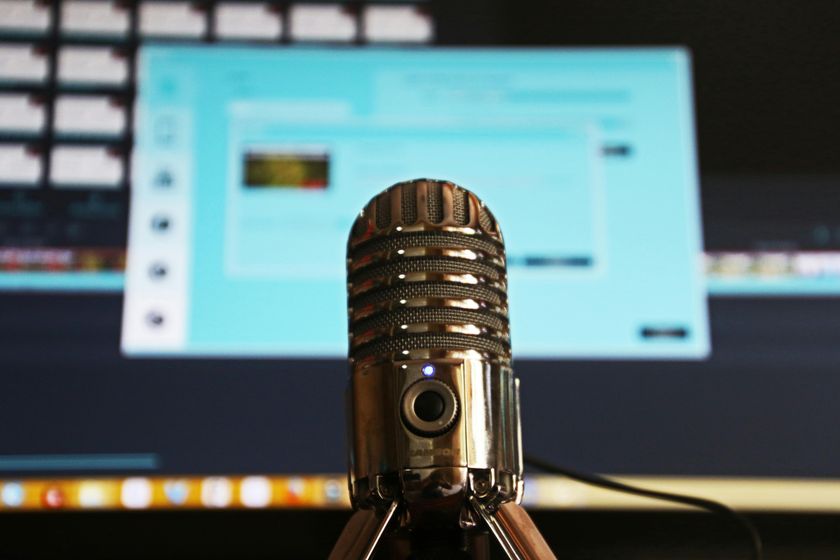Retaining Talented, Passionate Educators
School district experts share advice about how they improved teacher retention

In Part 2 of this two-part series, Tech & Learning, in partnership with PowerSchool, brought together school district experts to share advice about how they improved teacher retention by streamlining their onboarding processes, creating a supportive culture, and offering personalized coaching and professional development programs.
This webinar delved into:
- How to improve retention by putting staff in places to succeed, connecting their work with the strategic direction of the district, and providing frequent feedback
- Tips to transform real-time instructional coaching data into personalized goals
- Strategies to tailor professional development recommendations to boost retention
Participants included:
- Dan Ryder, Director of Design and Innovation, CRCS Overman Schools, Maine
- Dr. Todd Dugan, Superintendent, Bunker Hill CUSD #8, Illinois
- Dr. Leanna Mullen, Student Data Coordinator and RtI Data Coach, Egg Harbor Township School District, New Jersey
- Fred Scott, Retired K-12 Educator, Consultant, and Solutions Engineer, PowerSchool
SEE PART 1 OF THIS SERIES HERE
Key Takeaways
Understanding Next Gen Teachers
Mullen discussed how her district has done in-depth research on the new generation of incoming teachers, which are primarily GenZ and Millennials. The research confirmed that these new teachers are very tech-savvy as it is embedded in all they do, plus they really value PD and crave constructive feedback. She added their strategy is “the millennial sandwich of ‘You’re doing a great job, but here’s something you can do to improve, but you’re doing a great job!’”
Ryder added: “The thing I hear all the time is, ‘They have all grown up with tech. But they haven’t had to use it the way the teaching profession needs it. We make assumptions all the time about generations, but some folks don’t live and breathe in specific modalities. Like, we’re not putting out lesson plans on Snapchat. We’re using tools that they’re not used to.”
Time Is Of The Essence
Mullen also shared from her district’s research that they find that most teachers coming into a district will decide around Day 44 whether they’ll stay, so it’s critical to focus on that time.
Tech & Learning Newsletter
Tools and ideas to transform education. Sign up below.
Duggan’s district had a 100% retention rate last year. “We didn’t set out for that, it just happened,” he said. But he noted that over the past few years they’ve introduced a full-blown new teacher/staff induction program that coincidentally happens inside the 44-day period Mullen mentioned. In addition to offering PD, they insist that new teachers spend a full day observing a teaching peer in the building or even in another district. They also have a part-time instructional technology coach for support.
Culture Club
“We’ve arrived as a district at the conclusion that it’s our culture that helps us retain teachers,” Duggan said. In addition to the aforementioned PD, they provide an opportunity for teachers to apply for a mini grant to travel to a major education conference. Being able to do so helps teachers feel as if they are actual working professionals, and builds their self-esteem.
Ryder said that as a public charter school not affiliated with a specific town, they have limited funds and can’t just ask for money to pay more competitive salaries.
Therefore, they’ve adopted the “radical” idea of treating people as humans, which has gone a long way to making them want to stay. “Authenticity helps people be themselves,” he said.
PD Voice and Choice
Scott shared that PowerSchool has done a study around what educators are looking for from their PD, and noted that a few key points: They want evidence-based PD that is flexible in strategies; it should be not one-size-fits-all, and offer hybrid and peer-to-peer opportunities; and they want to have the opportunity to have reflection on their practices.
Scott also said that the areas in which new educators are most interested are:
- How to handle discipline and disruptive students.
- How do I address student interventions?
- Communicating with parents and too many meetings/committees.
Ryder echoed the desire for personalized PD, noting that each teacher is able to choose their own path based on their own needs. “Everyone is going to be able to choose the path that fits them best,” he said, which follows the learning paths they’ve created for students. “We’ve had a realization over the past few years: What is good for our learners is good for our staff.”
“Ultimately, choice is important, especially for Millennial/GenZ teachers, who want that opportunity,” said Mullen. Her district offers after- or before-school PD cohorts that focus on new strategies and networking opportunities. They try to provide a variety of modalities and tools, and have launched an innovation team that determines strategies and vets digital tools. New PD opportunities are also generated by this group.
Collaboration Education
“Collaboration is key for PD being effective,” said Duggan, noting that sit-and-get PD isn’t engaging for anyone. “Our district has PD days built into the school year for new teachers to collaborate and learn from peers.”
Mullen discussed using data to show what’s working and the key to building rapport with existing staff. “We want to make sure everyone is on the same page in regard to PD.”
Scott said that PowerSchool’s research showed three preferred PD modalities: common planning time, PLCs, and a collaborational friends group, all of which rely on educators working together.
“Collaboration works best when everyone is authentic and real and heard,” said Ryder. “Their actual needs are met, plus sitting down to collaborate and problem solve together creates moments such as, “I want to work with you on this because I need the answer too!” That’s an amazing synergy.”
Ray Bendici is the Managing Editor of Tech & Learning and Tech & Learning University. He is an award-winning journalist/editor, with more than 20 years of experience, including a specific focus on education.










